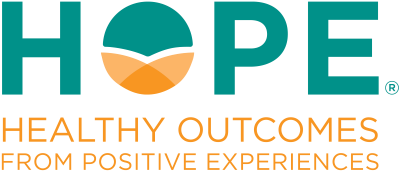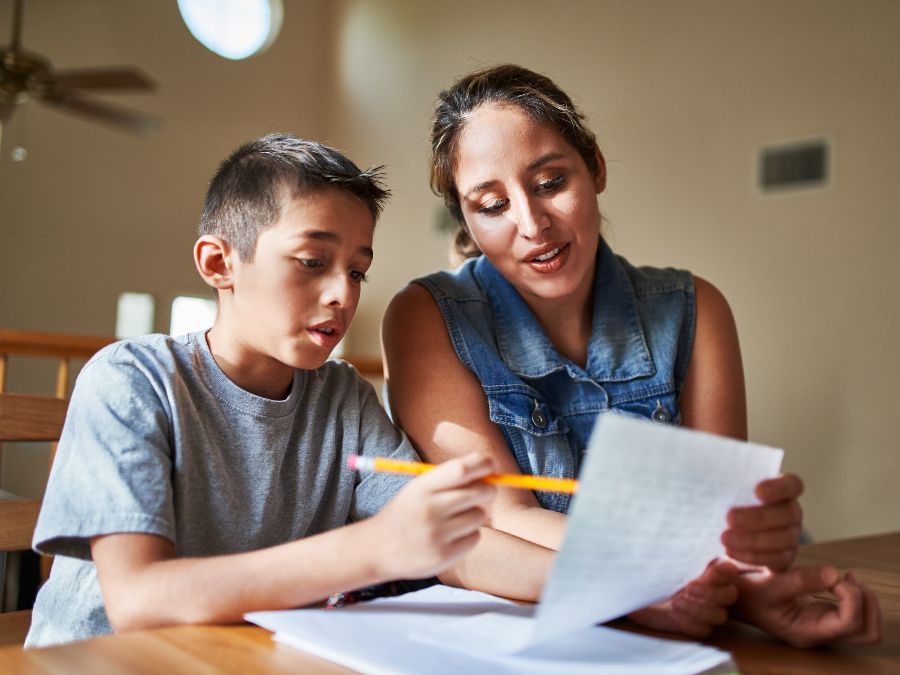
The HOPE framework makes a difference
The HOPE framework centers on promoting positive childhood experiences (PCEs) and can be applied in many settings that interact with children, youth, and families. The HOPE framework helps children, youth, and families feel seen, heard, and empowered to be a leader in their own care. To demonstrate the difference the HOPE framework can make in these many settings, the HOPE National Resource Center created a collection of With and Without HOPE simulation videos. These videos first share a scenario acted out, intentionally exaggerated, without the HOPE framework. The second video presents the same interaction but utilizes the HOPE framework. After watching the two videos, we ask viewers to think about the differences between the two interactions. These videos features actors, and several of the Without HOPE scenarios are based on real life interactions.
Simulation Videos
With and without HOPE videos: developmental referral
These videos present two different deliveries of a referral to speech therapy- one with the HOPE and one without. Referrals are a wonderful moment to connect the family’s goal for their child to a Building Block of HOPE.
With and without HOPE videos: developmental screening
These videos present two deliveries of the Ages and Stages Questionnaire often used for developmental screening in home visiting and pediatric practices.
HOPE in practice videos: goal setting
These videos below share brief examples of providers eliciting a parent’s goal in the course of a visit and then connecting that goal to a “moment of HOPE.”
With and without HOPE videos: Individualized Education Program (IEP) meeting
These two videos share a simulation of an individualized education program (IEP) meeting with a parent Dr. Allison Stephens and her son T.J. and the school staff. In the first video the school staff are not utilizing the HOPE framework during the meeting and in the second video they are. Watch both videos and see the difference the HOPE framework can make.
With and without HOPE videos: ACEs screening review
These two videos share a simulation of a physician reviewing the results of an Adverse Childhood Experiences (ACEs) screening with a parent, one that is not informed by the HOPE framework and another that utilizes the HOPE framework.
With and without HOPE videos: Home visiting intake session
These two videos present two intake sessions, one that is intentionally dramatized and not informed by HOPE (we know that all of our home visiting friends are incredibly empathetic) and another that utilizes the HOPE framework.
With and without HOPE videos: Postpartum depression screening
These videos demonstrate encounters with a mock patient, to discuss a Post-Partum Depression screen, with and without a HOPE-informed approach.
With and without HOPE videos: Substance use screening
Here we present three videos — one showing a traditional approach to a first encounter between a physician and patient, the second showing a HOPE-informed approach to the same encounter, and a third with the actress who played the part of the patient reflecting on what these two approaches felt like to her.
Start practicing the HOPE framework in your work
The HOPE framework can be a difference maker in how you promote positive childhood experiences in your work with children and families. Not sure how to start practicing the HOPE framework? Reach out to us with your questions!


